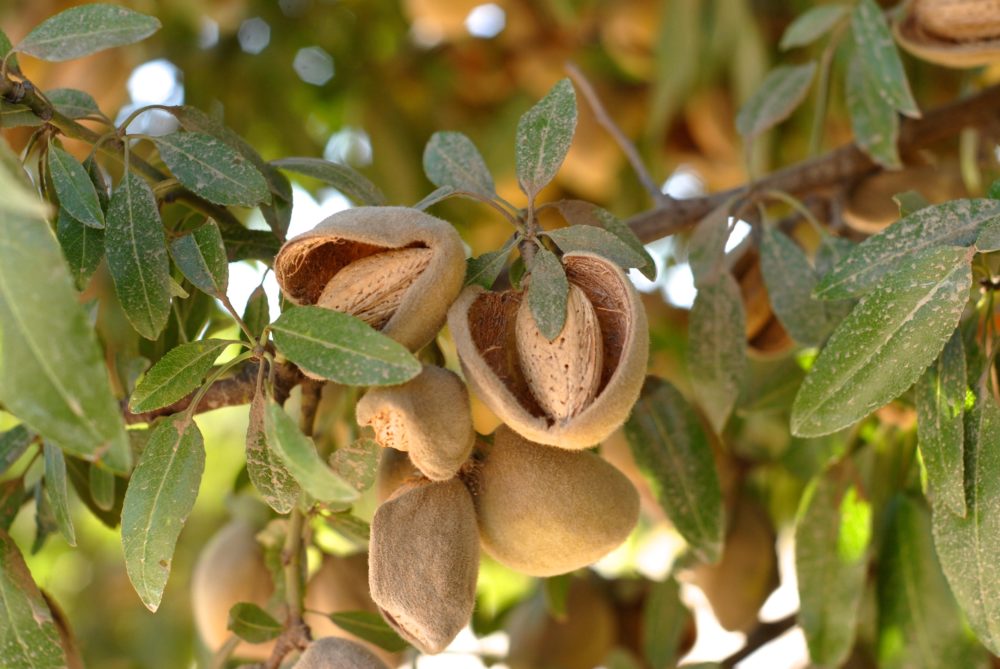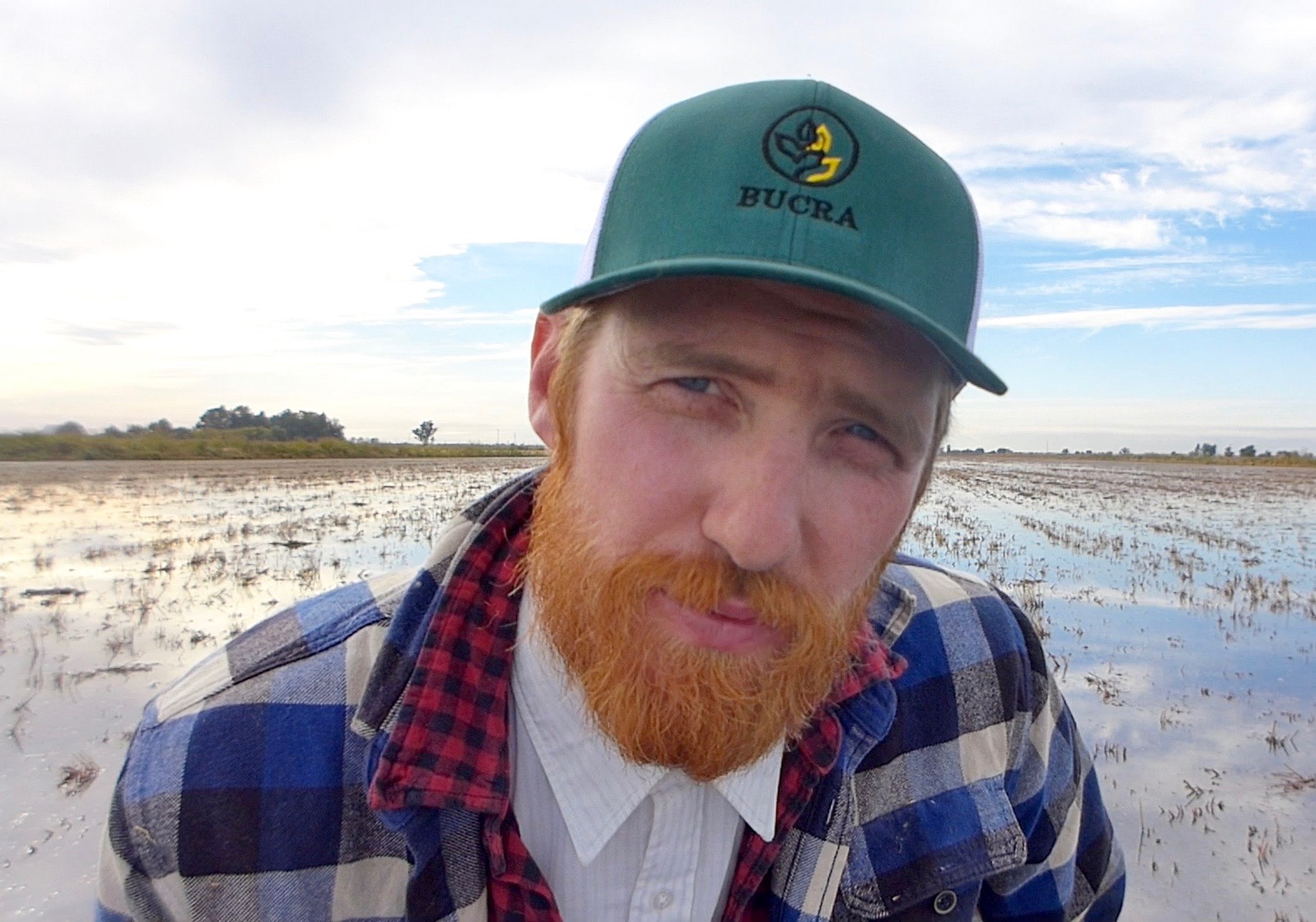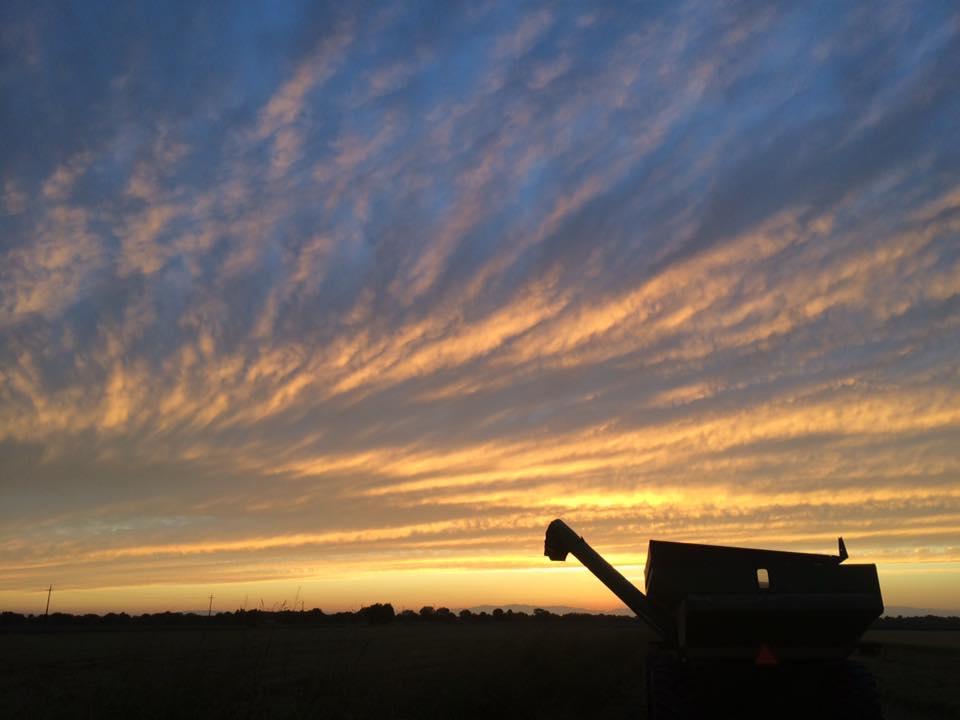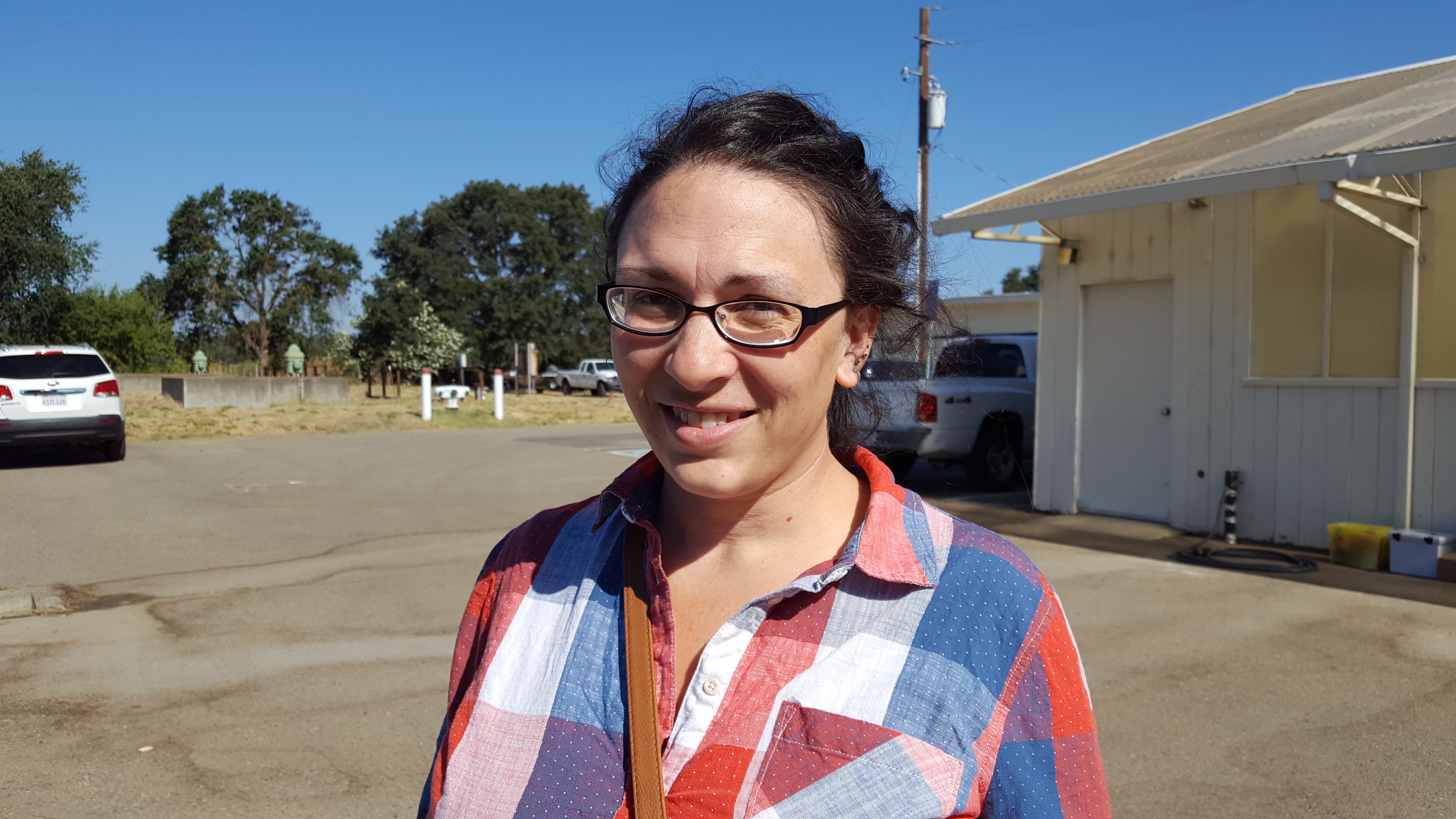Sacramento Valley Crop Webinars Scheduled
UCCE Sutter-Yuba-Colusa Continuing Education Seminars:
Sept-Oct 2020
University of California Cooperative Extension Sutter-Yuba-Colusa will hold a series of webinars in September and October providing research updates on many of the major crops in the Sacramento Valley. The classes are relevant to growers throughout California and are primarily focused on pest management and pesticide safety.
 The September 9th webinar will feature Franz Niederholzer, Orchard Systems Advisor.
The September 9th webinar will feature Franz Niederholzer, Orchard Systems Advisor.
“We will be reviewing proven almond IPM practices with an eye to reducing input costs, where possible, while delivering effective pest control,” says Niederholzer. He has been working in almonds in the Sacramento Valley for almost 20 years.
Amber Vinchesi-Vahl, Vegetable Crops Advisor, will give her webinar on September 16th. She states, “I will be providing information on important pest issues in vegetables and the latest research updates on disease and weed management in processing tomatoes and cucumber beetles in melons.” Her research on tomatoes covers cultivator trials for within-row weed control and monitoring of soilborne fungal pathogens.
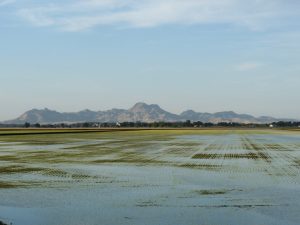 Whitney Brim-DeForest, Rice and Wild Rice Advisor, will present September 30th. “The webinar will provide an opportunity for discussion and interaction about weed identification,” she says.
Whitney Brim-DeForest, Rice and Wild Rice Advisor, will present September 30th. “The webinar will provide an opportunity for discussion and interaction about weed identification,” she says.
“We will also cover the latest research updates on specific weed species, resistance management, and new herbicides in rice.”
The information is relevant to both organic and conventional rice growers, so all are encouraged to attend.
The final webinar will take place on October 7, and will be given by Sarah Light, Agronomy Advisor.
“We will cover opportunities to decrease environmental risk through pesticide selection and application, accurate diagnosis, and reduction of loss to the environment,” said Light.
Enrollment is limited, so register early. The cost is $20 for 1, $35 for 2, $50 for 3, and $60 for 4 webinars. For more details or to register, visit http://ucanr.edu/syc-uccevirtualwebinars.
DPR CE credits are approved (4 “other” hours total, 1 per class), and CCA credits have been approved for IPM credits (4 hours total, 1 per class).
If you have questions, contact Whitney Brim-DeForest [wbrimdeforest@ucanr.edu or call the UCCE Sutter-Yuba office at (530) 822-7515].

